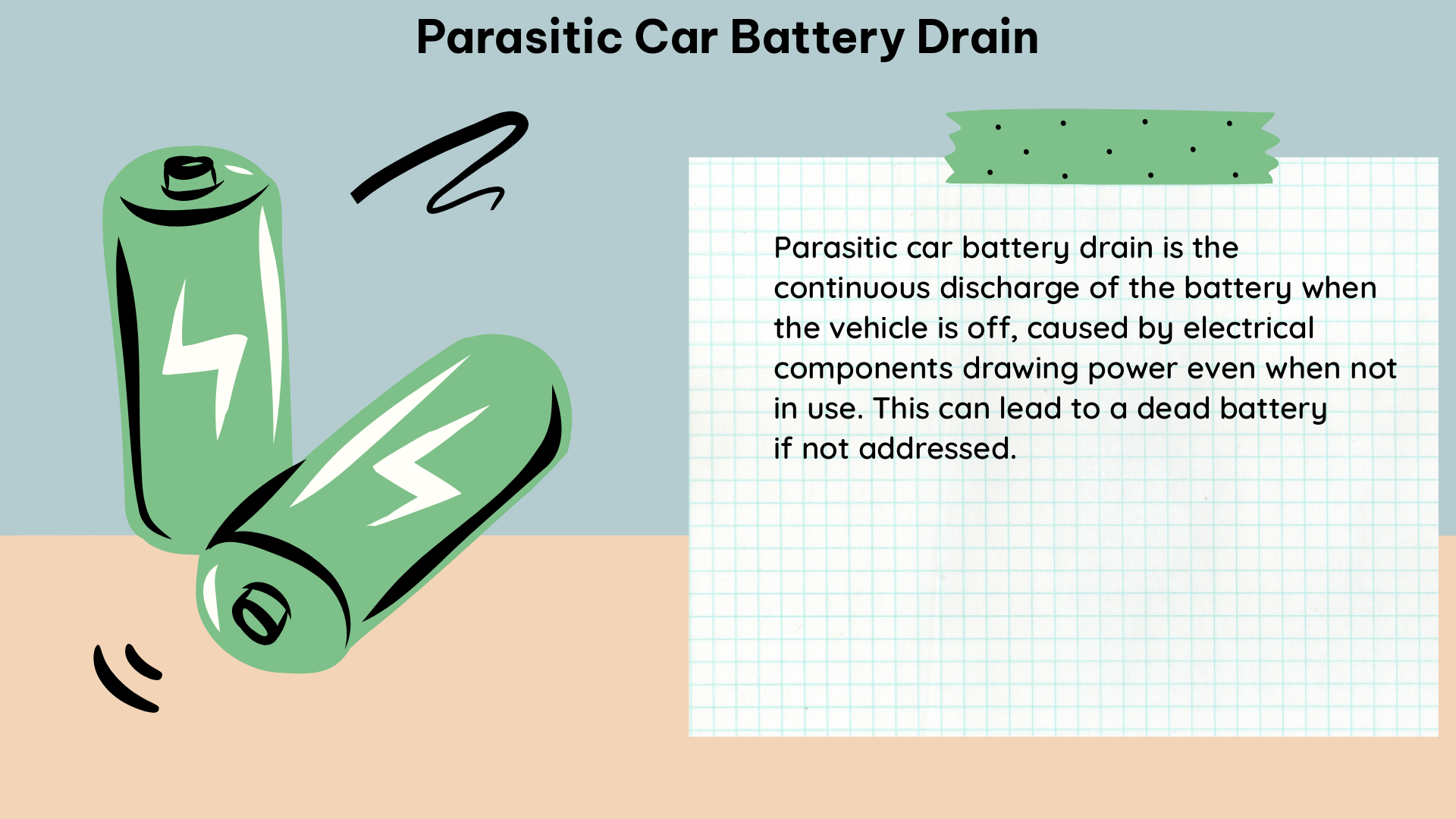Parasitic car battery drain is a common issue that can quickly deplete your vehicle’s battery, leaving you stranded and frustrated. This comprehensive guide will provide you with the technical knowledge and step-by-step instructions to diagnose and address this problem effectively.
Understanding Quiescent Current
The quiescent current, also known as the “sleep mode” current, is the amount of electrical current drawn by a car’s systems when the engine is off and the vehicle is in a dormant state. In modern vehicles, this current can range from as low as 40 milliamperes (mA) to significantly higher values, depending on the make, model, and year of the car.
Knowing the normal quiescent current for your specific vehicle is crucial for accurately identifying any parasitic drain. You can typically find this information in your car’s service manual or by consulting with the manufacturer.
Diagnosing Parasitic Draw

To diagnose a parasitic draw, you’ll need to use a digital multimeter, which provides more accurate readings compared to an analog meter. Here’s a step-by-step guide:
- Prepare the Vehicle: Turn off all lights, accessories, and electrical systems in the car. Wait at least 20 minutes for the vehicle’s modules to enter sleep mode.
- Set up the Multimeter: Configure your digital multimeter to the DC ampere (A) mode, with a range higher than the expected current draw (usually in milliamperes or mA).
- Disconnect the Battery: Disconnect the negative battery cable and connect the multimeter leads in series between the negative battery terminal and the negative battery cable.
- Monitor the Current Draw: Observe the current draw on the multimeter. The reading should stabilize within a few minutes. A stable current draw of more than 50mA could indicate a parasitic draw.
It’s important to note that some initial spikes in current draw may occur as the vehicle’s modules wake up, but these should subside within a few minutes. If the current draw remains elevated, you may have a parasitic drain issue.
Identifying the Cause of Parasitic Drain
Once you’ve identified a parasitic draw, the next step is to determine the root cause. Some common causes of parasitic car battery drain include:
- Faulty Wiring: Damaged or improperly installed wiring can create a path for current to flow even when the car is off.
- Aftermarket Electronics: Additional accessories or modifications, such as alarms, stereo systems, or GPS trackers, can contribute to parasitic drain if not properly installed or configured.
- Internal System Issues: Problems with the car’s internal electrical systems, such as a malfunctioning control module or a faulty ground connection, can also lead to parasitic drain.
To isolate the cause, you may need to perform further testing, such as disconnecting individual components or tracing the wiring harness. A comprehensive service manual or consultation with a professional mechanic can be invaluable in this process.
Preventing and Addressing Parasitic Drain
Once you’ve identified the source of the parasitic drain, you can take steps to address the issue and prevent future occurrences:
- Disconnect the Battery: If the car will be stored or unused for an extended period, consider disconnecting the negative battery cable to prevent the battery from being drained.
- Upgrade the Battery: If your vehicle is prone to parasitic drain, consider upgrading to a higher-capacity battery or a deep-cycle battery designed to withstand frequent discharges.
- Implement a Battery Maintainer: Using a battery maintainer or trickle charger can help keep your battery in good condition and prevent it from being drained by parasitic loads.
- Properly Install Aftermarket Accessories: If you’ve added any aftermarket electronics, ensure they are installed correctly and configured to minimize their power consumption when the vehicle is off.
- Regularly Check for Parasitic Drain: Periodically perform the multimeter test outlined earlier to catch any parasitic drain issues before they become a problem.
By understanding the technical aspects of parasitic car battery drain and following the steps outlined in this guide, you can effectively diagnose, troubleshoot, and prevent this common issue, ensuring your vehicle’s battery remains healthy and reliable.
References
- How to test for a Parasitic Draw – Innova
- An idiot’s guide to tracing parasatic battery drain on modern cars – Team-BHP
- How to Test for a Parasitic Draw – AutoZone

The lambdageeks.com Core SME Team is a group of experienced subject matter experts from diverse scientific and technical fields including Physics, Chemistry, Technology,Electronics & Electrical Engineering, Automotive, Mechanical Engineering. Our team collaborates to create high-quality, well-researched articles on a wide range of science and technology topics for the lambdageeks.com website.
All Our Senior SME are having more than 7 Years of experience in the respective fields . They are either Working Industry Professionals or assocaited With different Universities. Refer Our Authors Page to get to know About our Core SMEs.